Jahra Pools Reserve (JPR) is a small fenced wetland reserve just off the Arabian Gulf coastline to the north of Kuwait City. Previously the pools were formed from a sewage outfall, but more recently a water network has been provided and this has allowed the pools to remain filled since the end of 2012.
As a result, JPR is one of the better locations to now visit all year round as there are always birds to be seen. More importantly the stable water supply has allowed many species to breed in late Spring including; Ferruginous Duck (1st for Kuwait and a Near Threatened species), Mallard (I know that is not generally something to get excited about), Eurasian Coot, Common Moorhen, Little Grebe, Black-winged Stilt, White-tailed Lapwing and probably Little Ringed Plover.
Here is a Little Grebe (Tachybaptus ruficollis) with it’s grown youngster
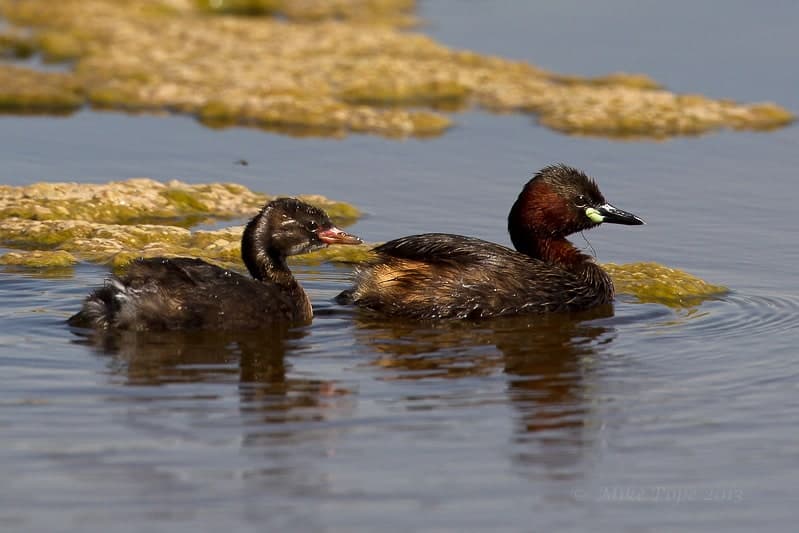
And a female Little Ringed Plover (Charadrius dubius) possibly away from it’s nest
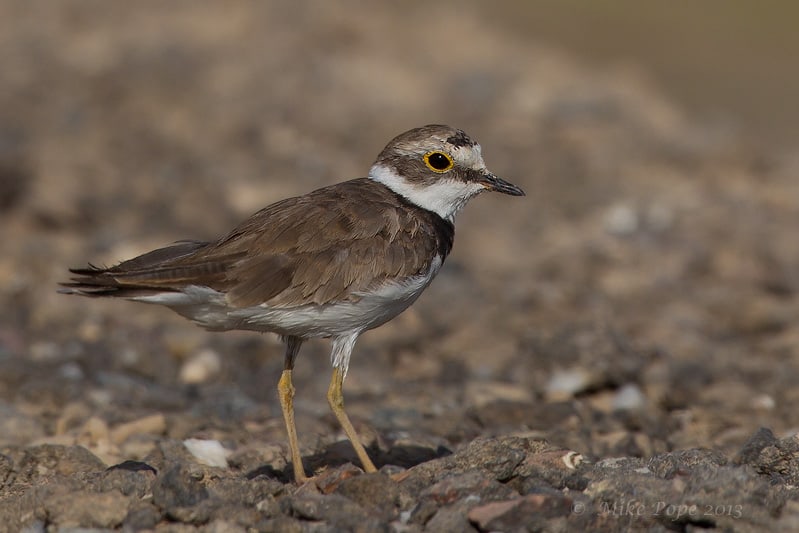
As temperatures increase unbearingly, summer and the month of July is generally not the most productive time to look for birds. But birders will know that you only find birds if you make the time to go and look for them. This July we were fortunate to have two rarities turn up at JPR. The first was the 4th record of Masked Wagtail (Motacilla alba personata) for Kuwait, a really striking form of White Wagtail that is still considered a sub-species of White Wagtail.

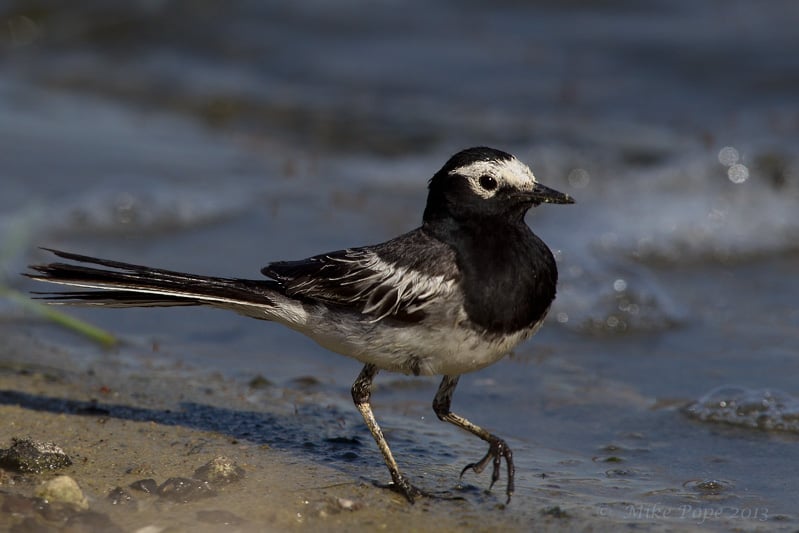
Following hot on the heals of the Masked Wagtail, was another Kuwait rarity; two 1st year Black-winged Kites (Elanus caeruleus) that have now stayed at JPR for almost a week – whereas the Wagtail is long gone.
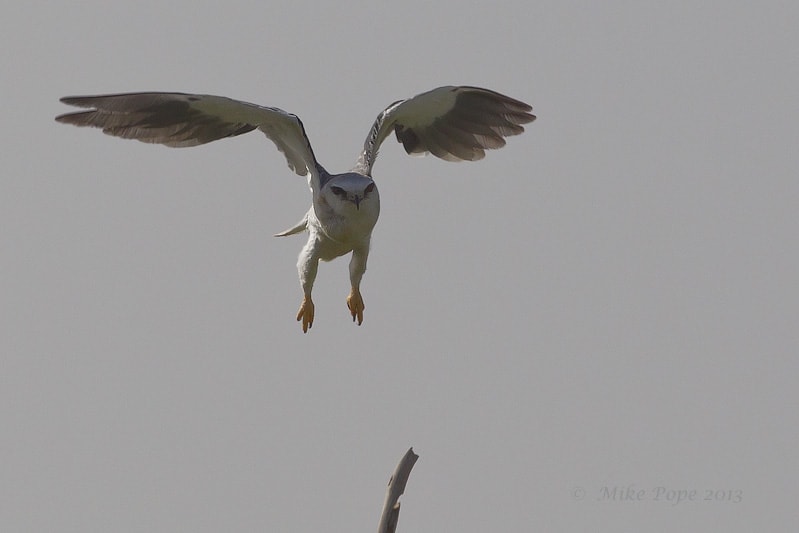
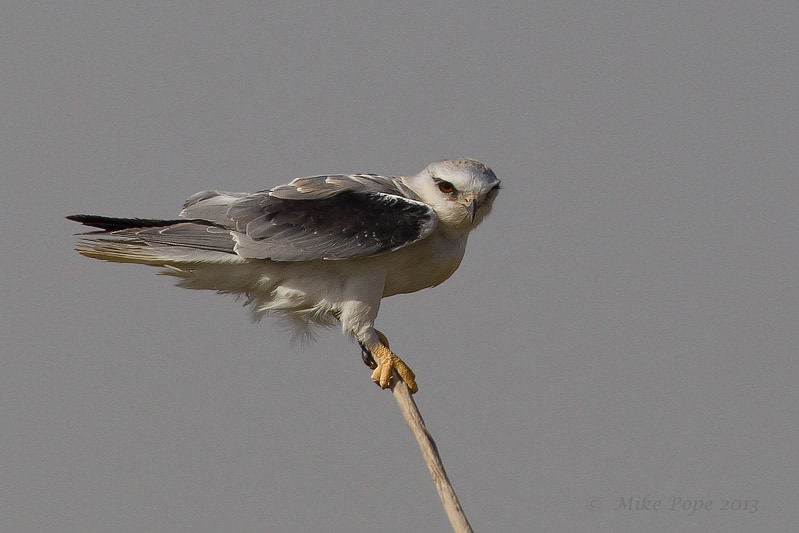
August is normally the start of the Autumn migration, but some species start off earlier and already in July we have had a smattering of early arrivals – mostly in the form of waders like Greenshank, Common and Spotted Redshank, Bar-tailed Godwit, Green Sandpipers and this Common Sandpiper (Actitis hypoleucos)

also Wood Sandpiper (Tringa glareola)
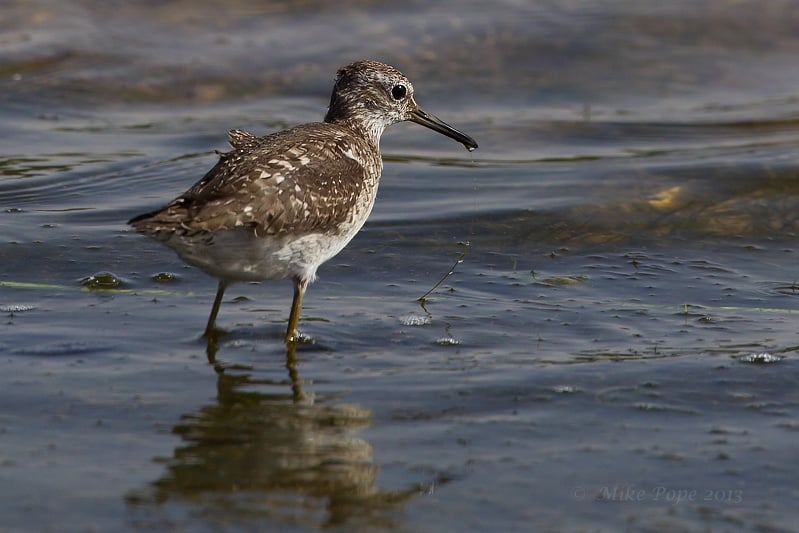
and the impressive Near Threatened Black-tailed Godwit (Limosa limosa)
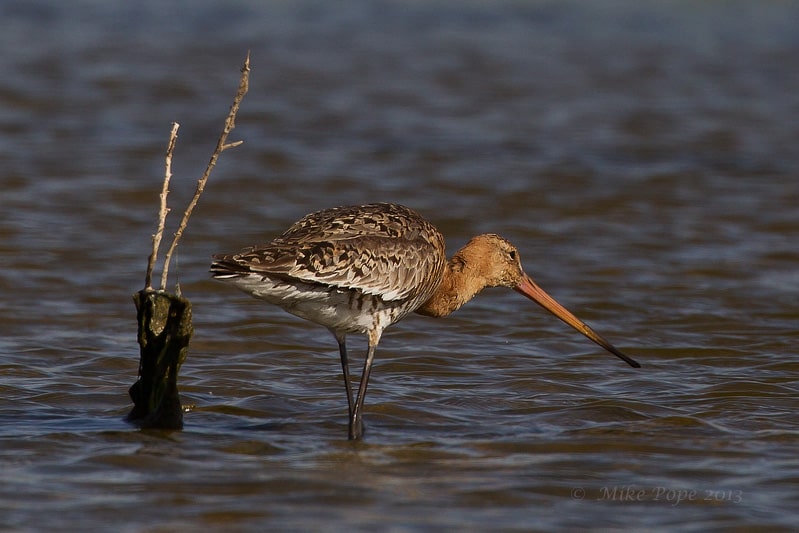
Sand Martins (Riparia riparia)
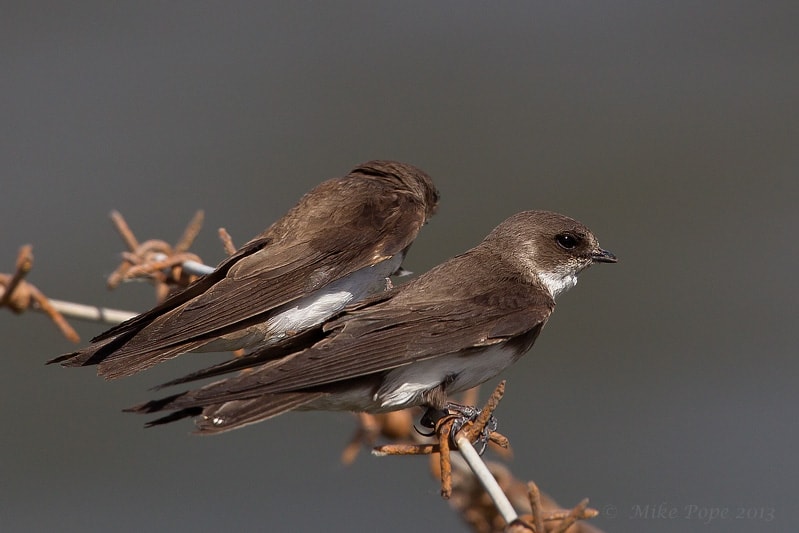
and Barn Swallow (Hirundo rustica) numbers are slowly starting to increase
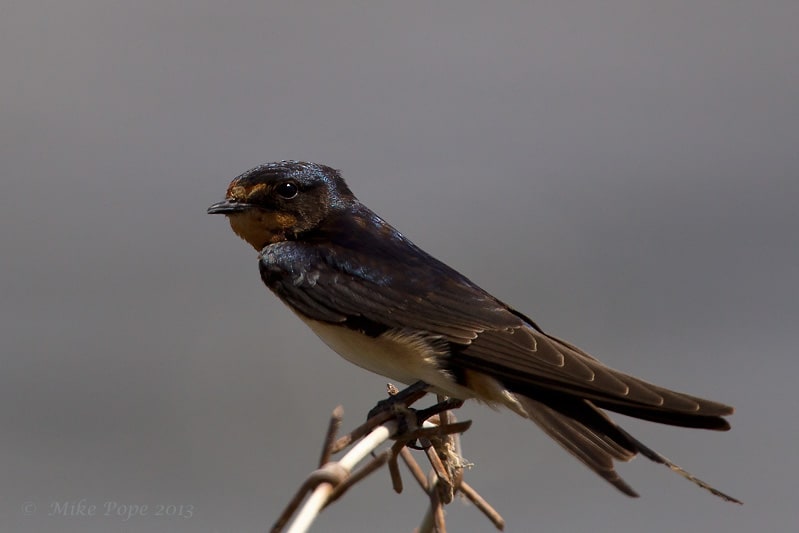
A few migratory birds of colour have also start appearing and we welcome hearing the Blue-cheeked Bee Eaters (Merops persicus) calling overhead as they announce their arrival
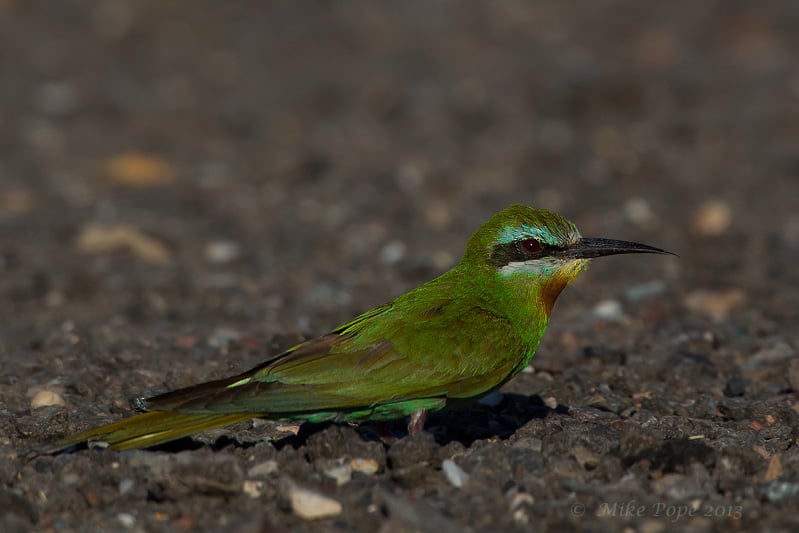
Black-headed Wagtails (Motacilla flava feldegg) is the first Yellow Wagtail sub-species to arrive
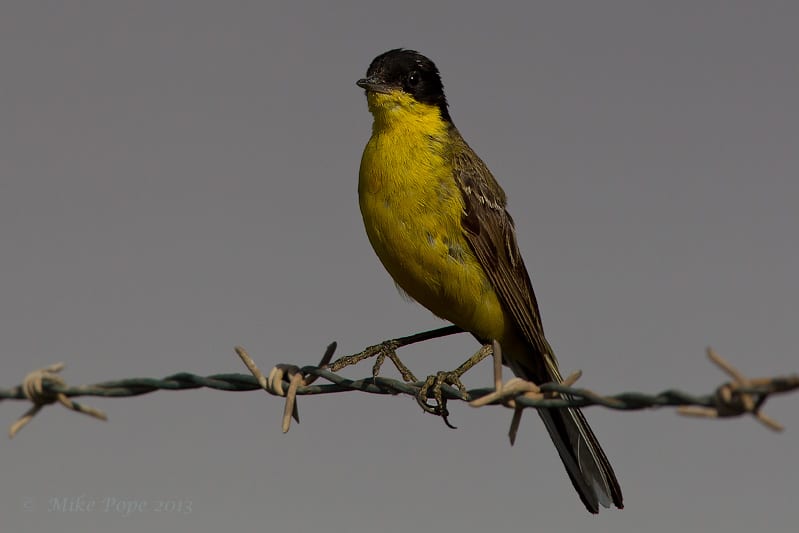
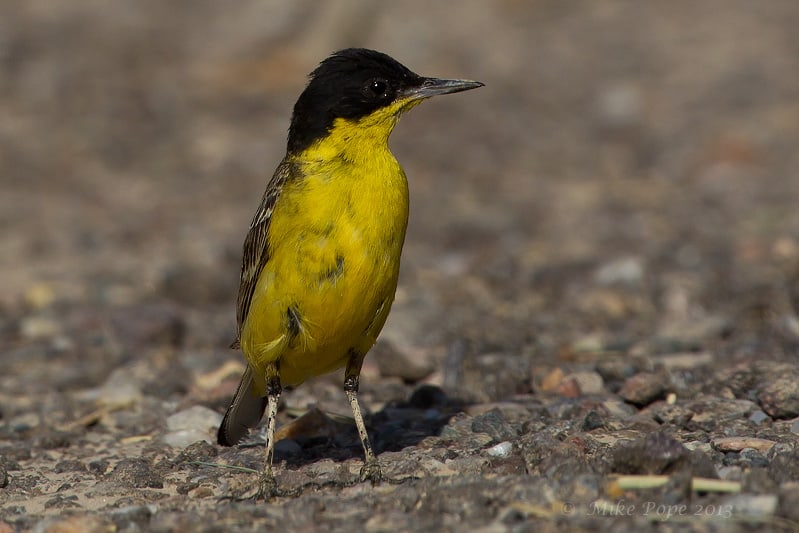
and surprisingly a heavily moulting Citrine Wagtail (Motacilla citreola) was also seen

Great Cormorant (Phalacrocorax carbo) is a winter visitor, so a summer occurrence is considered pretty scarce
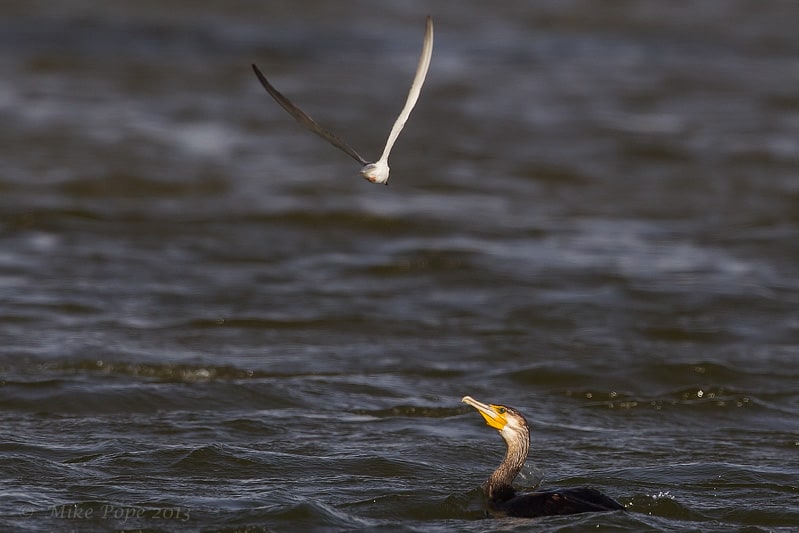
On my last visit, I was surprised to find a small bat flying around in daylight, but it soon found a place to roost in the reedbeds, although it was surprisingly hard to find after it had landed. It is aKuhl’s Pipistrelle (Pipistrellus kuhlii)

Finally, when birding gets a little slow, I turn my attention to Dragonflies, although I don’t have any reference books to identify them – they are still great photographic subjects, even with a big piece of glass on the front of the camera.
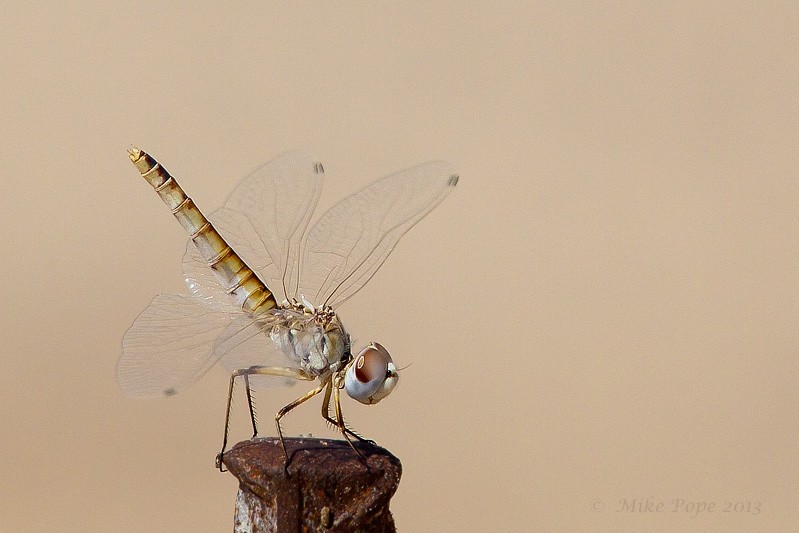
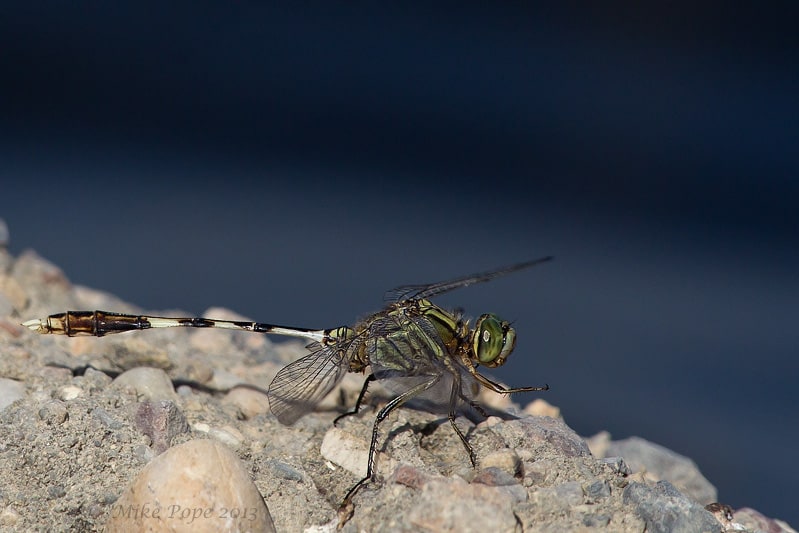
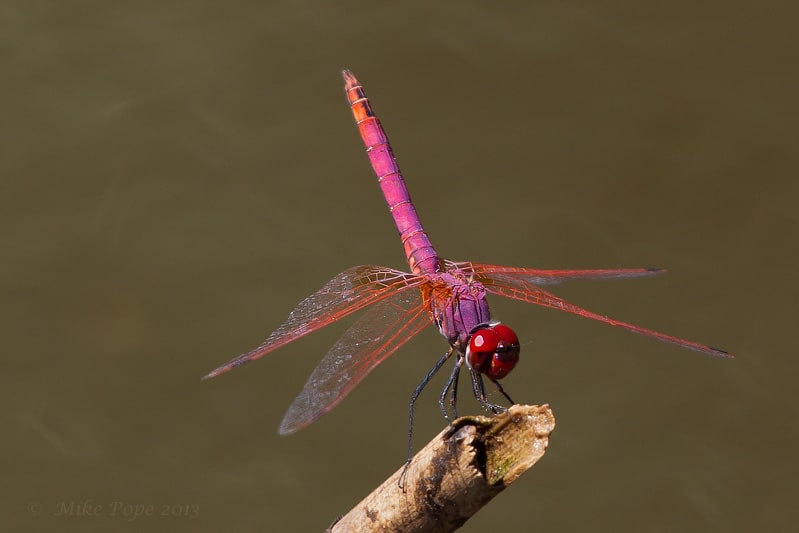
As we move to the end of July we look forward to another exciting time in Kuwait birding – Autumn migration and the possibility of discovering another new species for Kuwait!
Michael Pope
A South African ex-pat who currently resides in Kuwait with his family since October 2006 and maintains a full time job as an IT Project Manager delivering and implementing projects in Kuwait and the GCC. An avid naturalist with an interest in wildlife and conservation that started early in his schooling when he was selected to spend a week in Londolozi Game Reserve learning about Conservation and Game Ranger principals. That week had a profound impact, the seed was sown and a passion for birds, photography, wildlife, biodiversity and conservation was instilled. He has travelled and explored the length and breadth of South and Southern Africa in search of birds, Aside from birds, he photographs landscapes, mammals, reptiles and just about any living creature he can get in front of his lens. Since arriving in Kuwait has also explored many other countries expanding his list and knowledge. In Kuwait his passion for birding, photography and highlighting the need for conservation and protection of migratory birds has continued and this is showcased on his Kuwait Birding Blog http://kuwaitbirding.blogspot.com/) . In early 2008 he was proposed as and still is Chairman of Kuwait Ornithological Records Committee. However, a personal achievement of his birding tenure in Kuwait is Co-editor for the milestone publication of “Birds of Kuwait – A Comprehensive Visual Guide” in collaboration with BioDiversity East and KUFPEC.




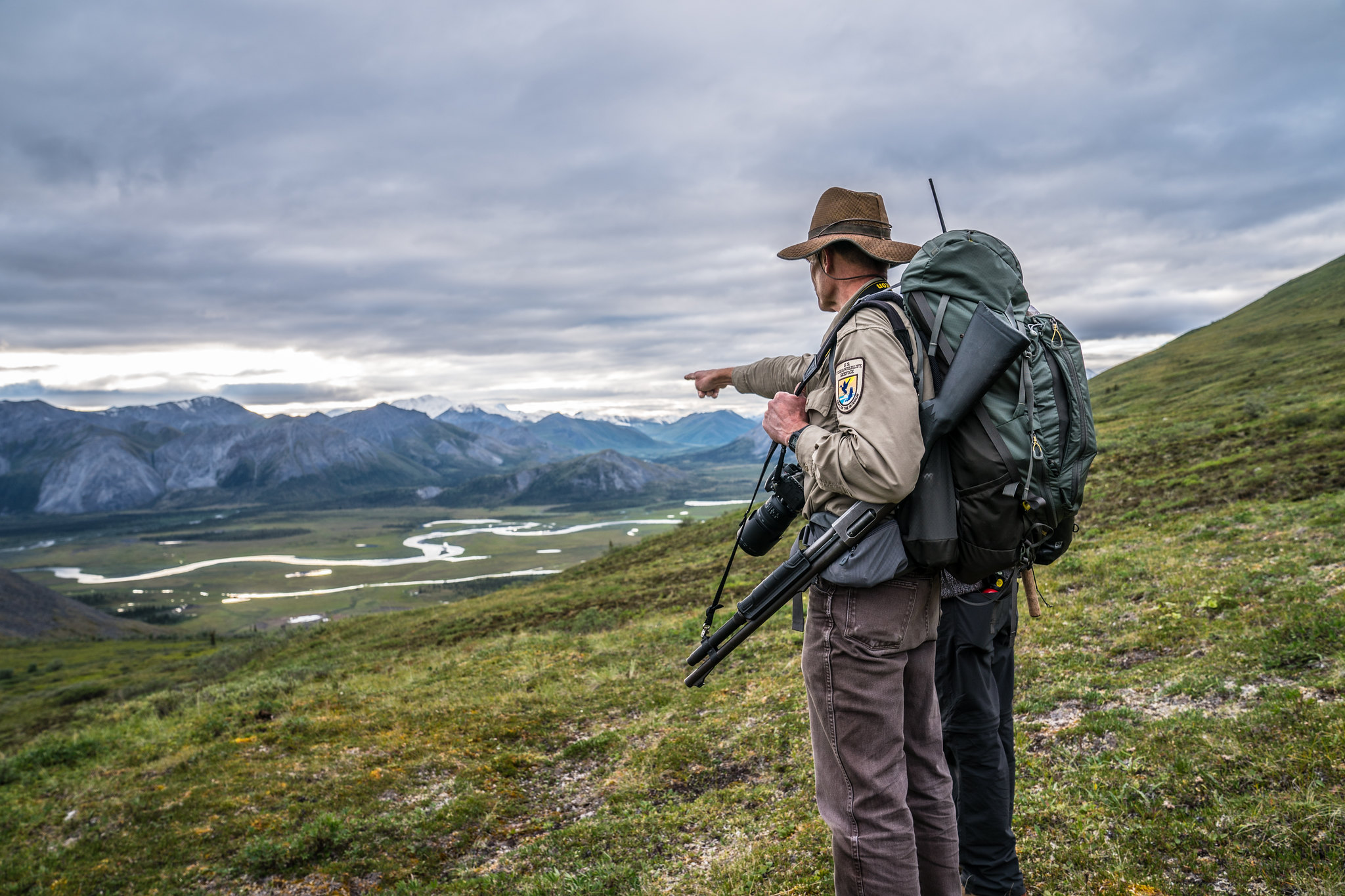
Leave a Reply